Henry Inman

Henry Inman was born in Utica, New York, the son of English immigrants William Inman, a land agent, and his wife, Sarah. He received early instruction at a local school and continued his artistic training after his family moved to New York City in 1812. In 1814 John Wesley Jarvis took him on as an apprentice. By Inman's own account, he began his professional career as a portraitist in 1820, though he was painting portraits under Jarvis's guidance at least three years earlier. Inman traveled extensively with Jarvis and learned miniature painting while in his employ. By the time he established a studio of his own in New York in 1822, he had an apprentice of his own, Thomas Seir Cummings, who became his partner in 1824.
Inman achieved prominence in New York's art community during the 1820s, when he began exhibiting at the American Academy of the Fine Arts and at the National Academy of Design. His standing in New York was also marked by the promising painters who applied to him for training. William Sidney Mount was apprenticed to him, as was Charles Jarvis and George Twibill. Commissions for full-length portraits from City Hall and from the American Bible Society about 1830 crowned Inman's achievements in portraiture. He sought to capitalize on his good fortune by going into business with the Philadelphia engraver and lithographer Cephas G. Childs. Inman moved to Philadelphia in 1831 in order to focus on this new venture, and the following year the firm of Childs and Inman produced prints after many of Inman's finest portraits.
In Philadelphia, Inman thrived in competition with the established local portraitists Thomas Sully and John Neagle. His print business prospered, he attracted several students to his studio, and he received a number of important commissions, principally for male subjects. He painted a number of distinguished portraits for the Philadelphia Bar Association, most notably that of Chief Justice John Marshall (1831; Philadelphia Bar Association), perhaps the most successful portrait of his career. Inman's success in Philadelphia enabled him to purchase a house and a large piece of property in Mount Holly, New Jersey. His home there, called Sterling Farms, remained a retreat even while he continued to work in Philadelphia and travel to Baltimore.
In 1834 Inman sold his farm and returned to New York, where he was welcomed back with a commission to paint the mayor, Gideon Lee. At the same time, he tried his hand at literary and historical subjects. This foray brought him the highly coveted commission to paint "The Emigration of Daniel Boone" for the United States Capitol rotunda. Inman never finished the painting, but the commission alone brought him great recognition and financial gain.
During the 1840s, Inman painted numerous genre scenes, including "Mumble the Peg" (1842; Pennsylvania Academy of the Fine Arts, Philadelphia) and "Dismissal from School on an October Afternoon" (1845; Museum of Fine Arts, Boston). In spring 1844 he traveled to England with commissions from various patrons to paint portraits of the poet William Wordsworth, the historian Thomas Babington Macaulay, and the theologian Thomas Chalmers. An asthmatic, Inman became ill while abroad and forfeited many commissions and further travel in order to expedite his return to New York. He worked through the year but succumbed to heart problems complicated by asthma in early 1846. He was extensively eulogized in the New York press and at events connected to the memorial exhibition of his work mounted by his friends and colleagues at the American Art-Union, New York. The proceeds of the exhibition, the first retrospective exhibition of the works of one man ever held in America, went to support Inman's widow, Jane Riker O'Brien, and their five children, including the author Henry Inman and the painter and writer John O'Brien Inman.

